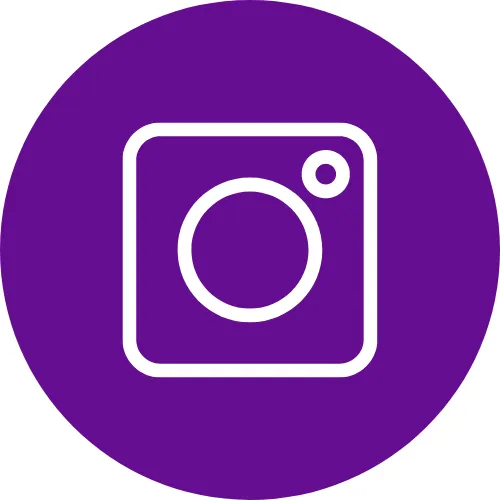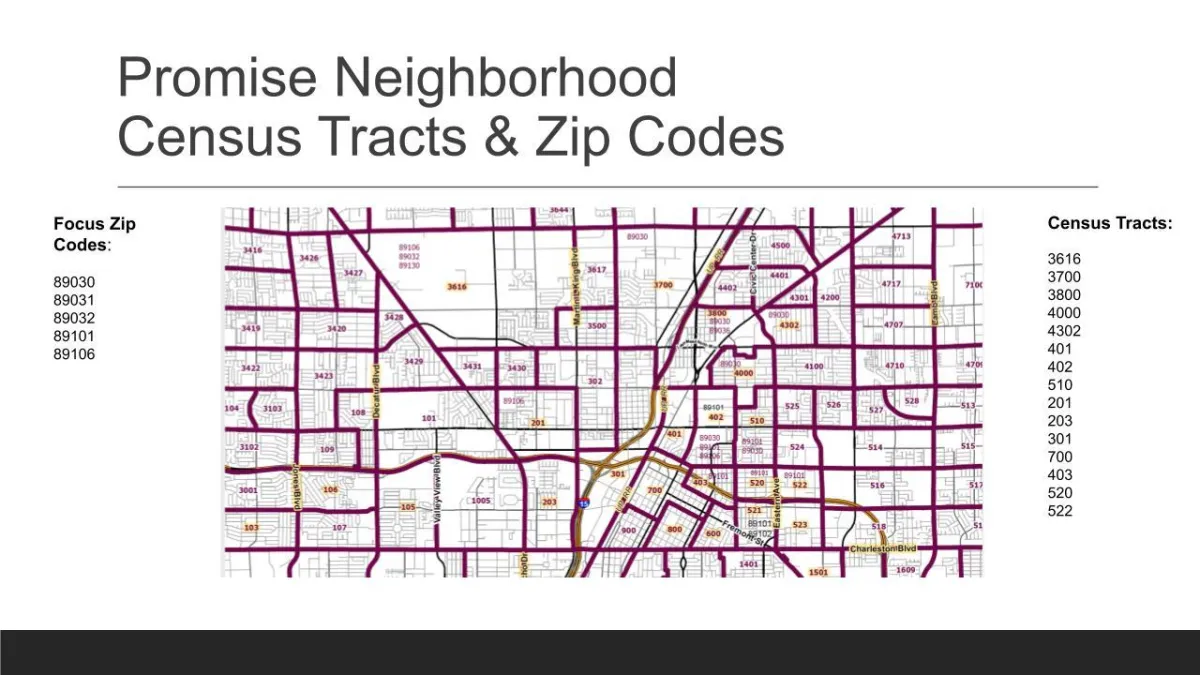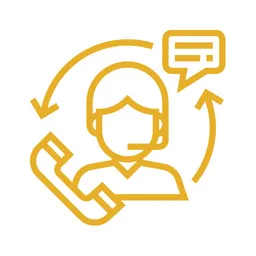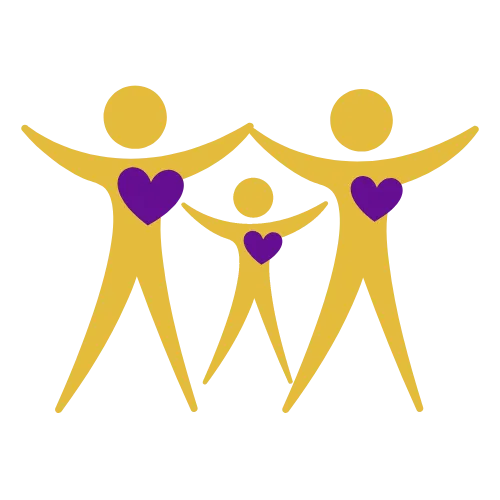





Promise Neighborhoods Initiative

West Las Vegas: Promise Neighborhood History
West Las Vegas is a Historic Neighborhood in Las Vegas, Nevada. This 3.5 square mile areaa is located northwest of the Las Vegas Strip and the "Spaghetti Bowl" interchange of I-15 and US 95. It is also known as the Historic Westside. Learn more about the history and map of the West Las Vegas Promise Neighborhood here.

Explore Community Pillars

Affordable Housing & Wealth Creation Pillar

Education & Youth Development Pillar

Future of Work
Pillar

Civic Participation &
Social Justice Pillar

Healthy Children, Families, & Neighborhoods Pillar
Pillar Related News

An Insight To Monkeypox
As of August 23, 2022, there have been 134 probable and confirmed cases of the Monkeypox Virus in Las Vegas, and an estimated 3,280 vaccines have been administered in Clark County. But what is Monkeypox exactly? Is this our nation’s next outbreak? Let’s dive in and take an in-depth look at the facts. Monkeypox is an infectious viral disease that affects some animals, primarily primates, and humans. So, let’s get into the breakdown of what an infectious viral disease is. Infectious disease by textbook definition just simply means A disease caused by the entrance into the body through pathogenic agents or microorganisms (such as bacteria, viruses, protozoans, or fungi) which grow and multiply there. A viral disease is a disease caused by a virus, and viruses are a type of germ. They’re very tiny, and they can make you sick when they get inside your body. Viruses cause colds, chicken pox, measles, flu, and many other diseases. Unfortunately, antibiotics don’t work on viruses which is why it is so important to take preventive measures such as vaccinations, frequent proper handwashing, avoiding close contact, staying home if you feel sick, and disinfecting.
The monkeypox virus was first identified by Danish virologist by the name of Preben von Magnus in 1958. The virus was found in crab-eating macaque monkeys that were used as laboratory animals in Denmark. Another outbreak happened in the United States in 2003. This outbreak was traced to prairie dogs. Three species of African rodents (Gambian pouched rat, dormice, rope squirrels) had been imported from Ghana on April 9, 2003, into the United States by an exotic animal importer in Texas. They were shipped from Texas to an Illinois distributor, who housed them with prairie dogs, which then became infected. This was the first time the outbreak was seen in the United States and the Western Hemisphere. In May of 2003, a three-year-old was bit by a prairie dog. The child developed a high fever, swollen eyes, and a skin rash. The child’s parents also had a skin rash but no other symptoms. The bite was associated by Physicians to the symptoms. After testing the dog and the child it was confirmed the monkeypox virus was the causative agent. 71 Cases were confirmed from May 15- June 20, 2003, ranging from ages 1-51.
In May of 2022, it was confirmed that there was a global ongoing outbreak of Monkeypox. Initial masses of cases were found in the UK that was connected to an individual who traveled to Nigeria. In July the Director-General of the World Health Organization announced the outbreak as a Public Health Emergency of Concern. As of August 30, 2022, a total of 50,531 cases have been confirmed in over 100 countries with the United States having the highest numbers worldwide.
Monkeypox is a viral infection that takes approximately a week or two after exposure, to produce symptoms and fever. The virus then produces a rash with lesions. These can last anywhere from 2-4 weeks before drying up. 1-3% Of people known with the infection have died without treatment. For children and those who are immunocompromised, the virus is likely to be more severe and possibly fatal. Monkeypox spreads through close, personal, often skin-to-skin contact. The disease can spread through direct contact with rashes, or body fluids from a contaminated person, by touching items and fabrics that have been used by someone with monkeypox, or through respiratory secretions.
Smallpox vaccines that contain vaccinia such as Imvanex (Jynneos) can provide about 85% effectiveness against the monkeypox virus. This protection level was determined after studies came from the use of smallpox vaccines in Africa in the late 1980s. The vaccination process with Jynneos/Imvanex is administered as two injections four weeks apart. The CDC is recommending vaccines for people who have been exposed to monkeypox or those who are more likely to get it, such as Health care workers, those who work in a lab and handle samples or animals with orthopoxvirus, If you’ve come in close contact with someone who has monkeypox, if you’ve had sex with someone in the past 2 weeks who has tested positive for monkeypox, or if you’ve had multiple sexual partners in the past 2 weeks in an area with a monkeypox outbreak.
While it’s best to be vaccinated before exposure to the virus, you can still get the vaccine afterward. Typically, four days from the date of exposure is intended for the best results that prevent the virus from multiplying. Although you may still get the vaccine 4-14 days after exposure, it may only reduce your symptoms while not being nearly as effective. Studies have shown that once you start to have symptoms the vaccine most likely will not protect you.
Right now, the U.S. has a limited supply of vaccines for monkeypox. This is due to Bavarian Nordic being the only manufacturer of Jynneos in the world. With the manufacturer closing spring of 2022, the company is being refitted to produce vaccines to fight other diseases. Bavarian Nordic does predict its manufacturing for Jynneos to restart in 2023. In response to the global outbreak, a lot of countries have released vaccines from their national stockpiles as well as bought vaccines for use in the management of a transmission. The U.S. is included in these countries.
Normal reactions to the vaccine are but not limited to possible reactions where the needle enters your skin, such as pain, swelling, redness, and itching. Other symptoms from Jynneos may include fever, headaches, and muscle pain. These are all normal symptoms from all vaccines. The monkeypox vaccine isn’t suitable for everyone. You should take precautions before you get the Jynneos vaccine if you have ever had a severe allergic reaction (anaphylaxis) to chicken or egg protein, or have had Stevens-Johnson syndrome (SJS). A type of rare, serious skin condition, or have had toxic epidermal necrolysis (TEN). Which is a deadly condition that causes the skin to peel and causes blisters. This is usually caused by a drug reaction. If you’ve had the smallpox vaccine in the past, you may only need one dose. Jynneos is safe to use if you have HIV. It’s also safe if you have eczema or other skin conditions, or if you have any other conditions that weaken your immune system. Vaccination is key in stopping and preventing the transmission of many viruses. Do your part in learning the facts, helping to reduce and prevent transmission, and seeking treatment if need be.
https://en.wikipedia.org/wiki/2022_monkeypox_outbreak August 29, 2022,
https://www.webmd.com/vaccines/monkeypox-vaccination#091e9c5e82437986-2-5 August 31, 2022
Get Involved
Are You Interested In Joining Us or Accessing Community Services? Contact Our Office To Learn More

Explore Nevada Partners
About Nevada Partners
Community Learning Center
690 W Lake Mead Blvd. North Las Vegas, 89030
(702) 844 - 8000


